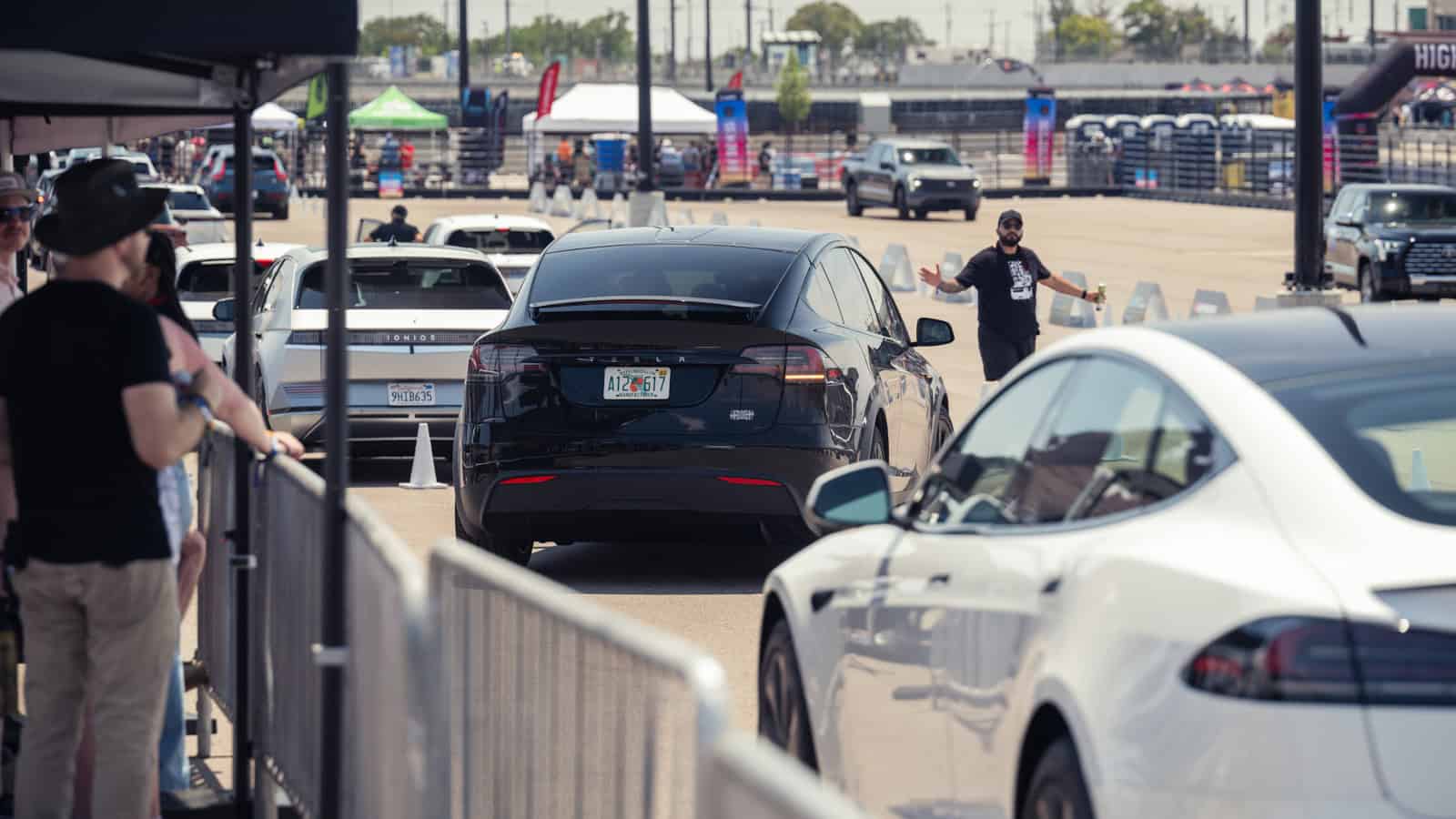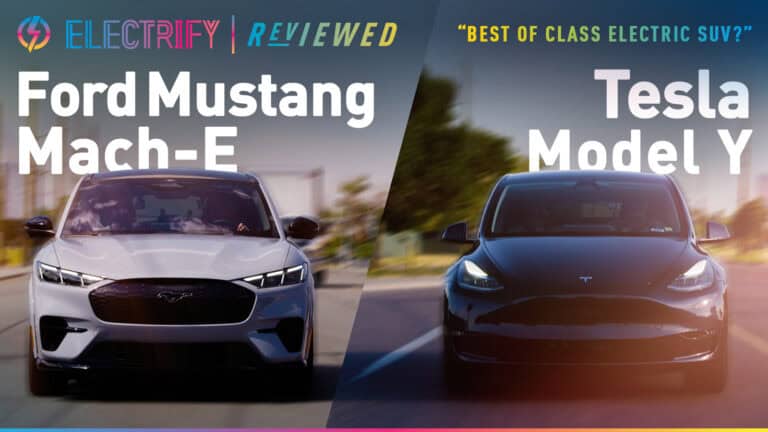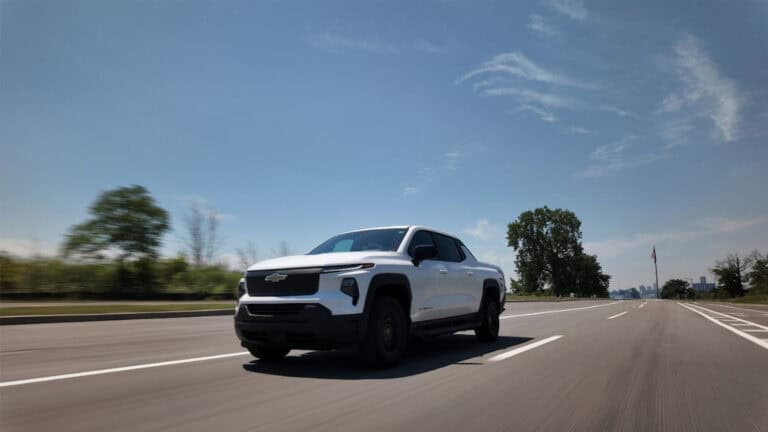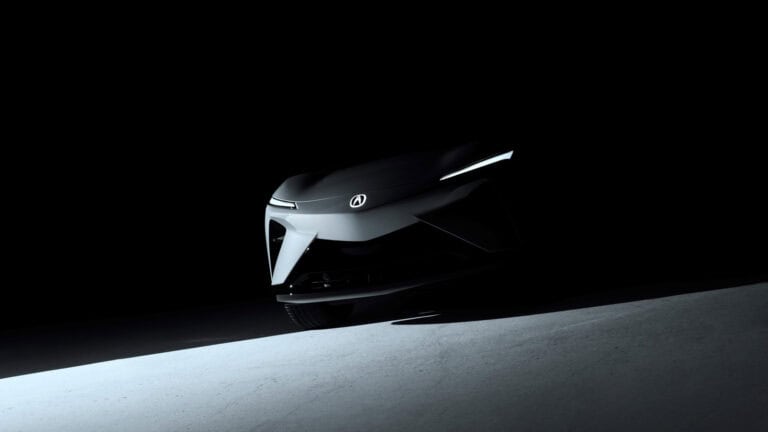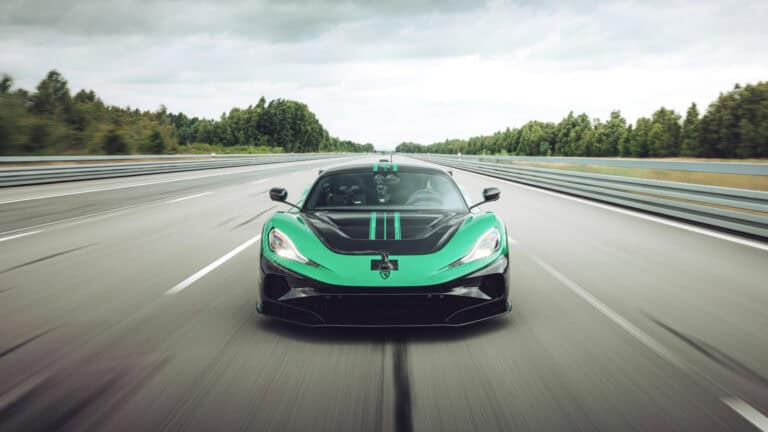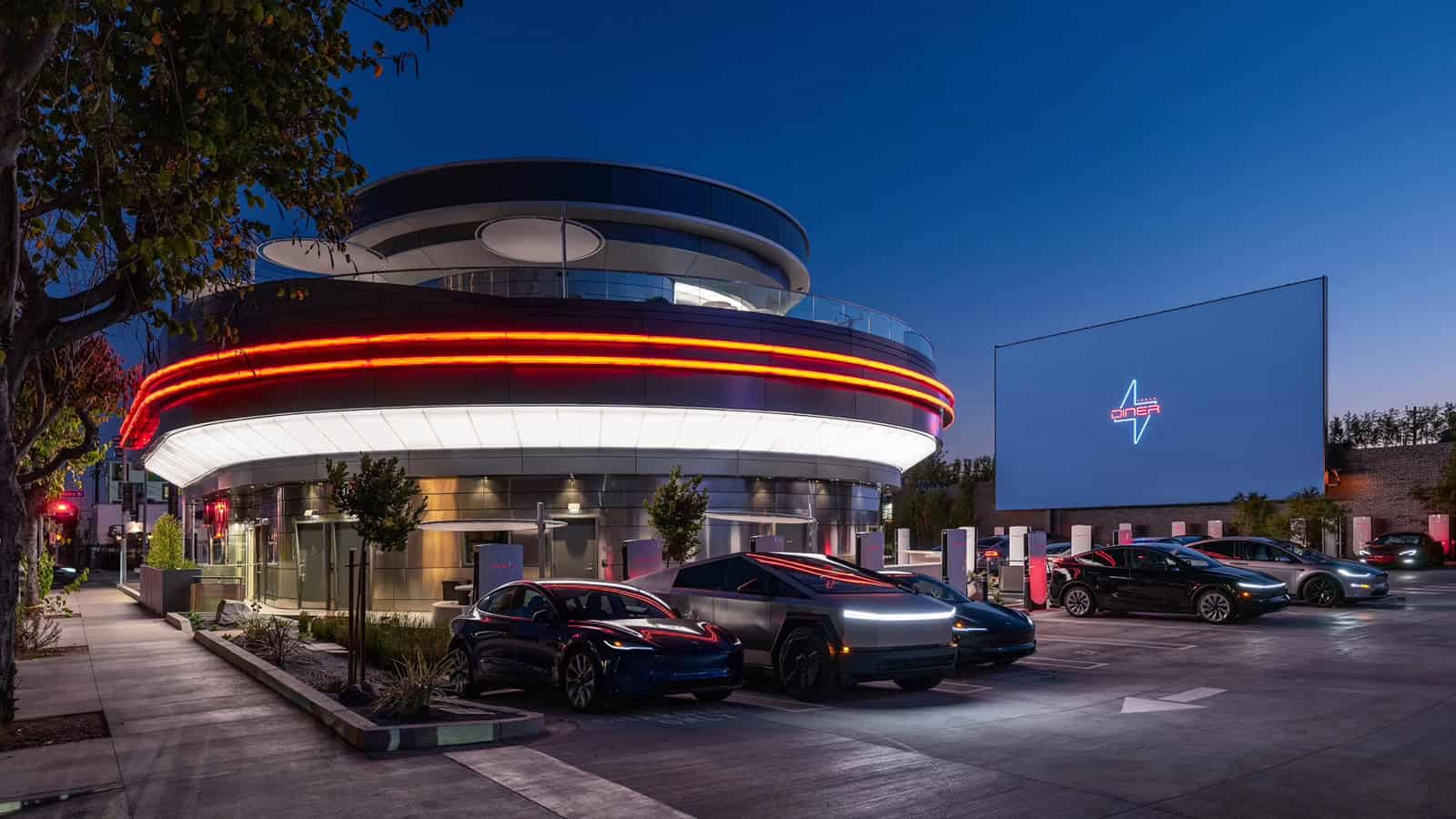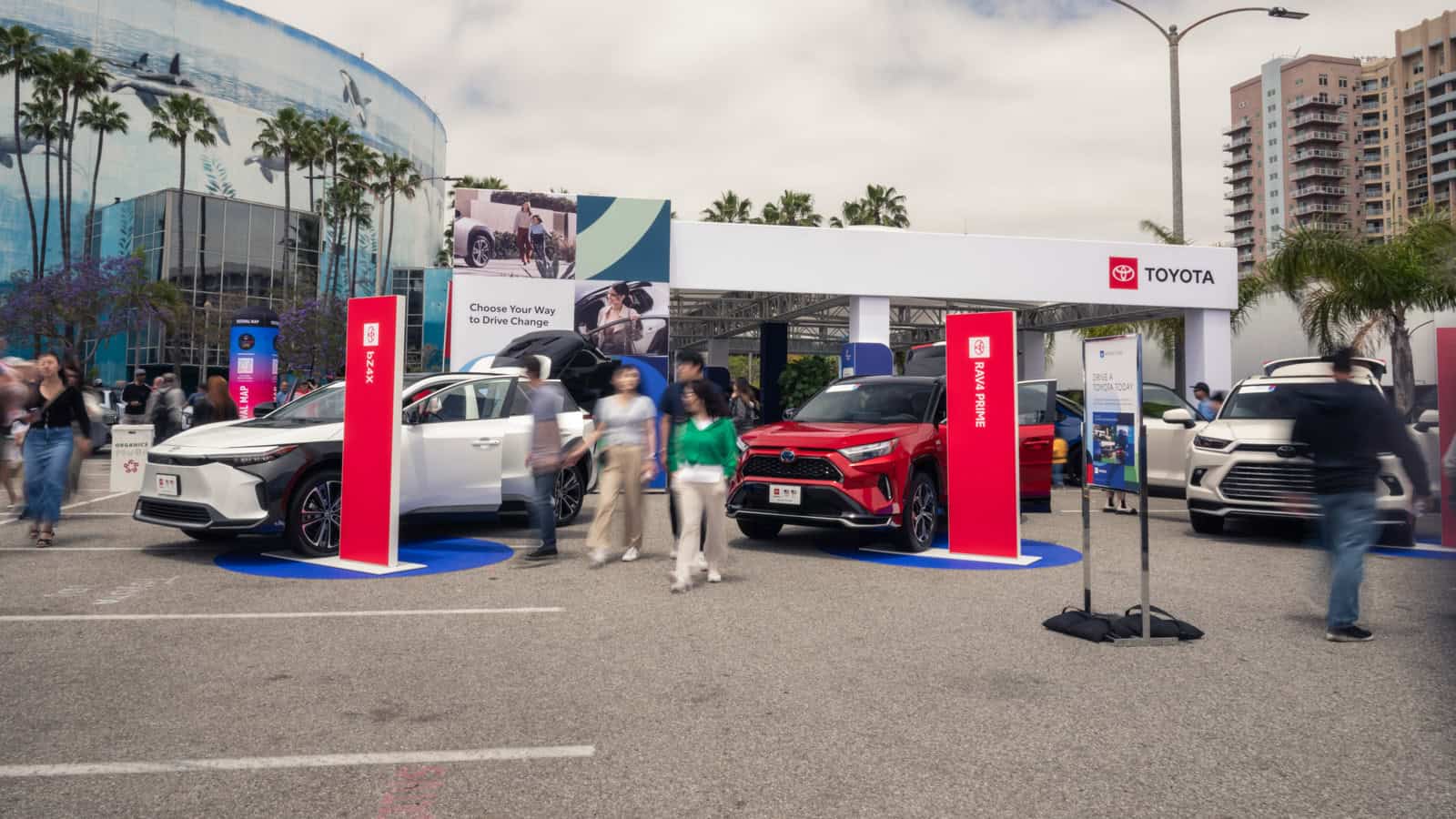- In Q2 2024, Tesla’s automotive margins have dropped to 13.9%, the lowest in years, due to pricing pressures and high-interest rates.
- Tesla sold over $800 million in regulatory credits in Q2, a significant portion of its profitability.
- Tesla is investing heavily in AI, energy storage, and robotics, positioning itself for long-term growth despite current challenges.
Tesla’s Q2 2024 earnings report presents a mixed bag of short-term challenges and long-term aspirations. I find this moment uniquely pivotal. While Tesla is known for pushing boundaries, the current landscape showcases both significant achievements and emerging concerns.
ADVERTISEMENT
Immediate Challenges: Margins and Market Reactions
The most pressing issue Tesla faces is the declining margins in its automotive business. Excluding ZEV credits and leases, margins have dropped to 13.9%, the lowest in years, from a peak of 30% during the pandemic.
This steady decline is largely due to pricing pressures on Tesla’s existing fleet of cars—Model 3, Model Y, Model S, and Model X. It appears Tesla has hit a sales ceiling in the current economic climate, exacerbated by high-interest rates across key markets like the US and China.
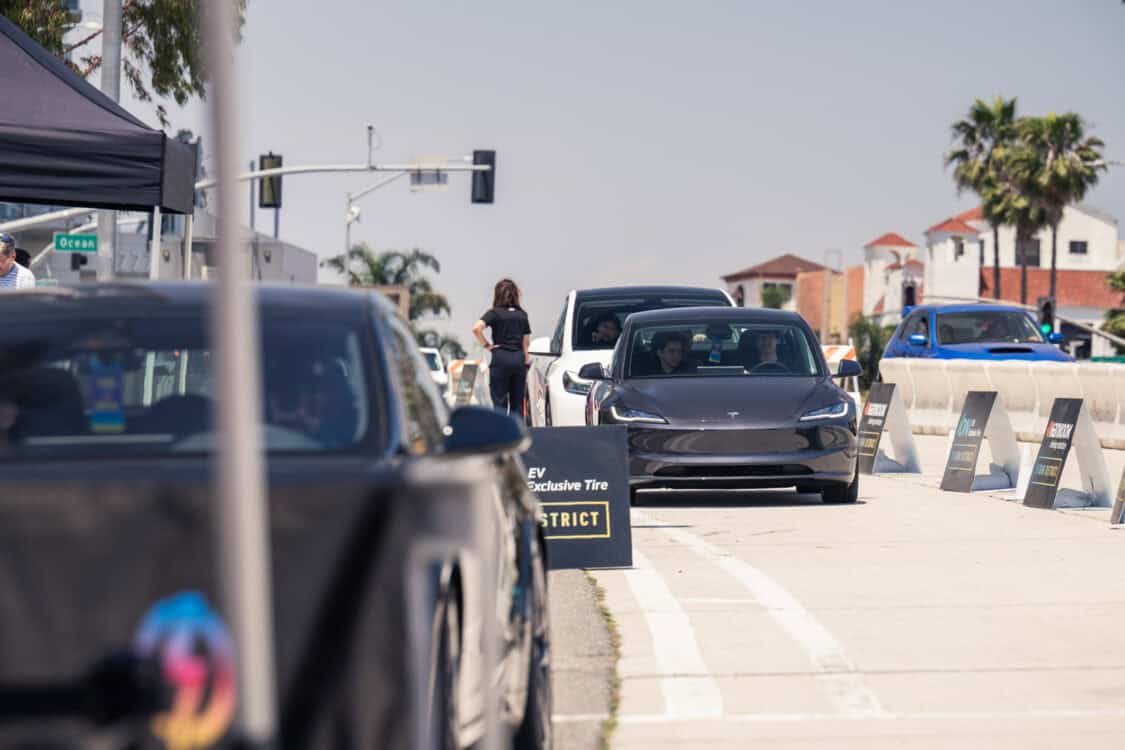
Elon Musk himself acknowledged on their Q2 2024 webcast of the short-term impact of these challenges, emphasizing the difficulty in maintaining profitability without continuous price adjustments.
“We firmly believe that EVs are best for customers and that the world is headed for fully electrified transport,” Musk stated. However, the immediate reality is that Tesla must navigate an environment where lowering prices to sustain sales is squeezing margins.
The Role of Regulatory Credits
Another critical factor in Tesla’s profitability is its dependence on regulatory credits. In Q2, Tesla sold over $800 million worth of these credits, more than doubling previous amounts. This revenue, while beneficial, highlights a vulnerability.
If political changes, such as the potential election of Donald Trump, result in the removal of these credits, Tesla’s short-to-medium-term profitability could be adversely affected. Musk candidly noted, “Absolutely in the short-term to medium-term there will be an impact, but long-term it would actually be a benefit.”
Stagnant Growth Projections
Tesla’s forecasted growth over the next four quarters appears stagnant. With the launch of a new, more affordable vehicle platform not expected until mid-2025 at the earliest, Tesla must rely on its current models to sustain momentum. This reliance could pressure the company to maintain lower prices amidst high-interest rates, potentially eroding margins further.
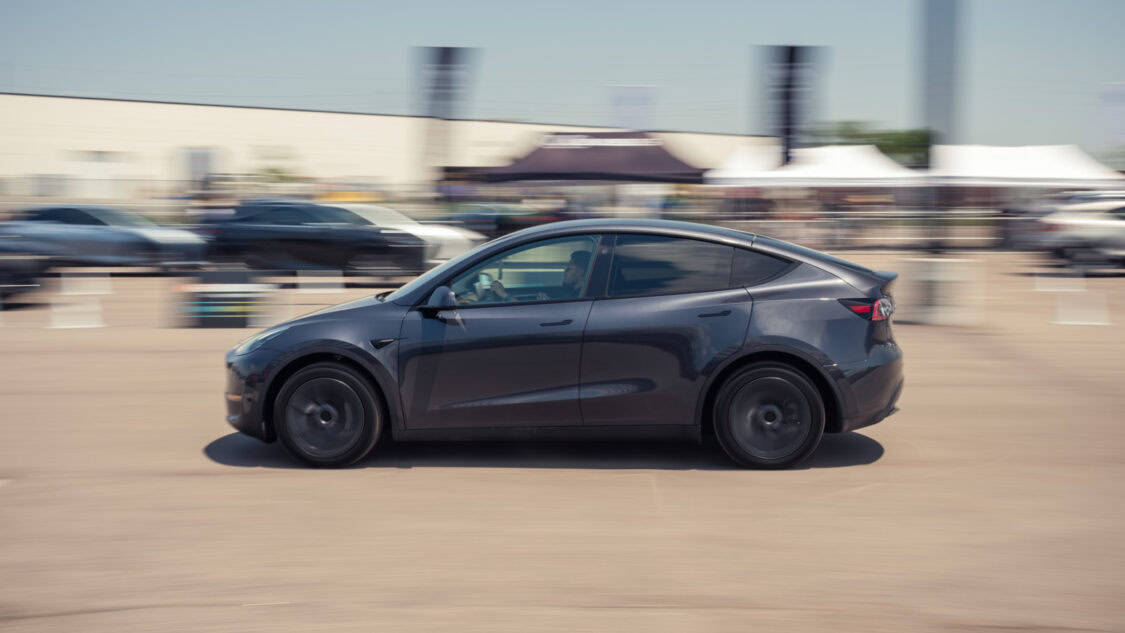
Full Self-Driving (FSD) and Market Adoption
One of the more disappointing aspects of the earnings report was the uptake of Tesla’s Full Self-Driving (FSD) technology. Despite a free trial aimed at increasing adoption, the results were underwhelming. Tesla admitted the need to improve user engagement with FSD, highlighting the gap between the technology’s potential and market acceptance.
“We need to do a better job of making sure more people try this so that long term it’s obvious that the company’s going to make a lot of money from people taking this on,” Musk explained.
Long-Term Prospects: AI, Energy, and Robotics
Despite these short-term hurdles, Tesla’s long-term prospects are where the company’s true potential lies. Tesla’s latest FSD version 12.5 has shown significant improvements, with enthusiasts and early adopters praising its capabilities. The company’s investment in AI hardware and technology, including the expansion of their Dojo supercomputer, positions Tesla at the forefront of autonomous driving innovation.
ADVERTISEMENT
Tesla’s energy sector also saw remarkable growth, doubling revenue from $1.6 billion to over $3 billion while maintaining stable margins. This growth in the energy business helps balance the challenges in the automotive sector and highlights Tesla’s varied sources of income.
The Optimus Humanoid Robot and AI Investment
Perhaps the most ambitious aspect of Tesla’s future is the development of the Optimus humanoid robot. Musk described Optimus as “backwards compatible with humans,” meaning it can perform any physical task a human can do, from mundane chores to complex industrial tasks.
Production is expected to ramp up significantly by 2026, with Tesla planning to sell these robots to external customers. Musk sees a future where Tesla’s robotics and AI will transform labor markets, leading to a market cap much higher than today’s levels.
Strategic Shifts and Future Vision
Tesla is now focusing more on AI and robotics. They’ve postponed the robotaxi reveal to October 10th to highlight this shift. Musk believes autonomous vehicles and robots have huge transformative potential. “We are changing the energy system, how people move around, how people approach the economy. The undertaking is massive, but I think the future is incredibly bright,” Musk asserted.
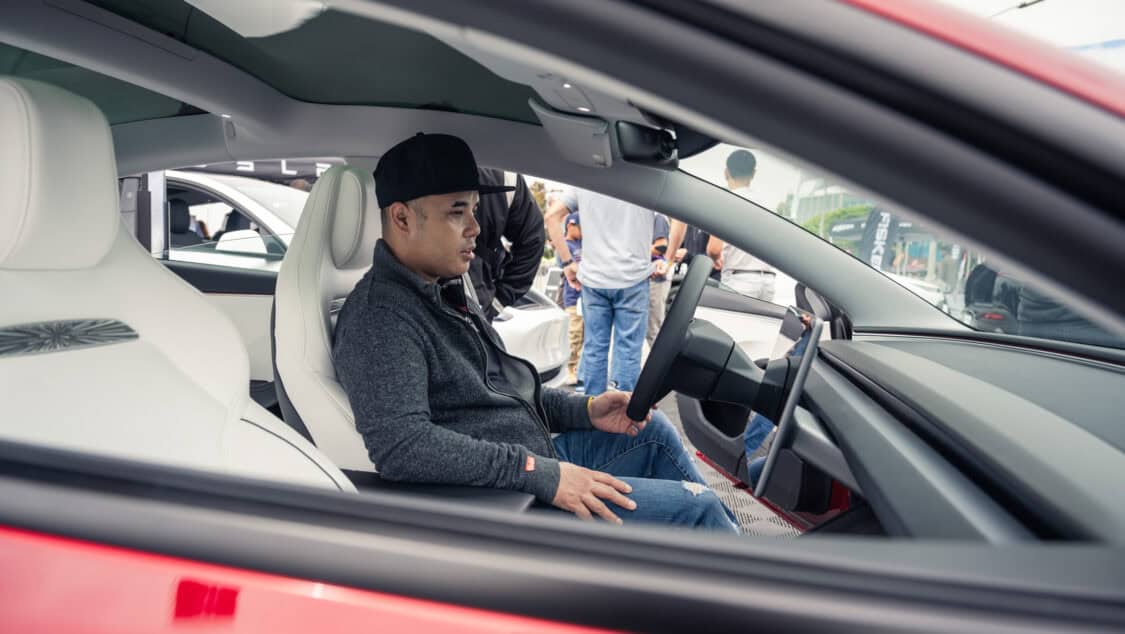
The company’s strategy to invest heavily in its AI capabilities, alongside continued innovation in energy storage and robotics, illustrates Tesla’s commitment to a future where technology drives unprecedented efficiencies and capabilities.
A Balancing Act of Present Challenges and Future Potential
Tesla’s Q2 2024 earnings report reveals a company at a crossroads. Immediate concerns about margins, regulatory credits, and growth are counterbalanced by ambitious plans for AI, energy, and robotics. The short-term outlook may seem challenging, but the long-term vision positions Tesla to potentially redefine multiple industries.
For investors and fans, the question is whether to concentrate on Tesla’s current challenges or to believe in its potential for transformative growth. As Musk puts it, “If you believe Tesla will solve autonomy, you should buy Tesla stock.” The future, though uncertain, is full of potential for a company that continually pushes the limits of innovation.
ADVERTISEMENT

IMAGES: ELECTRIFY EXPO
FTC: We use income-earning auto affiliate links. Learn more.


